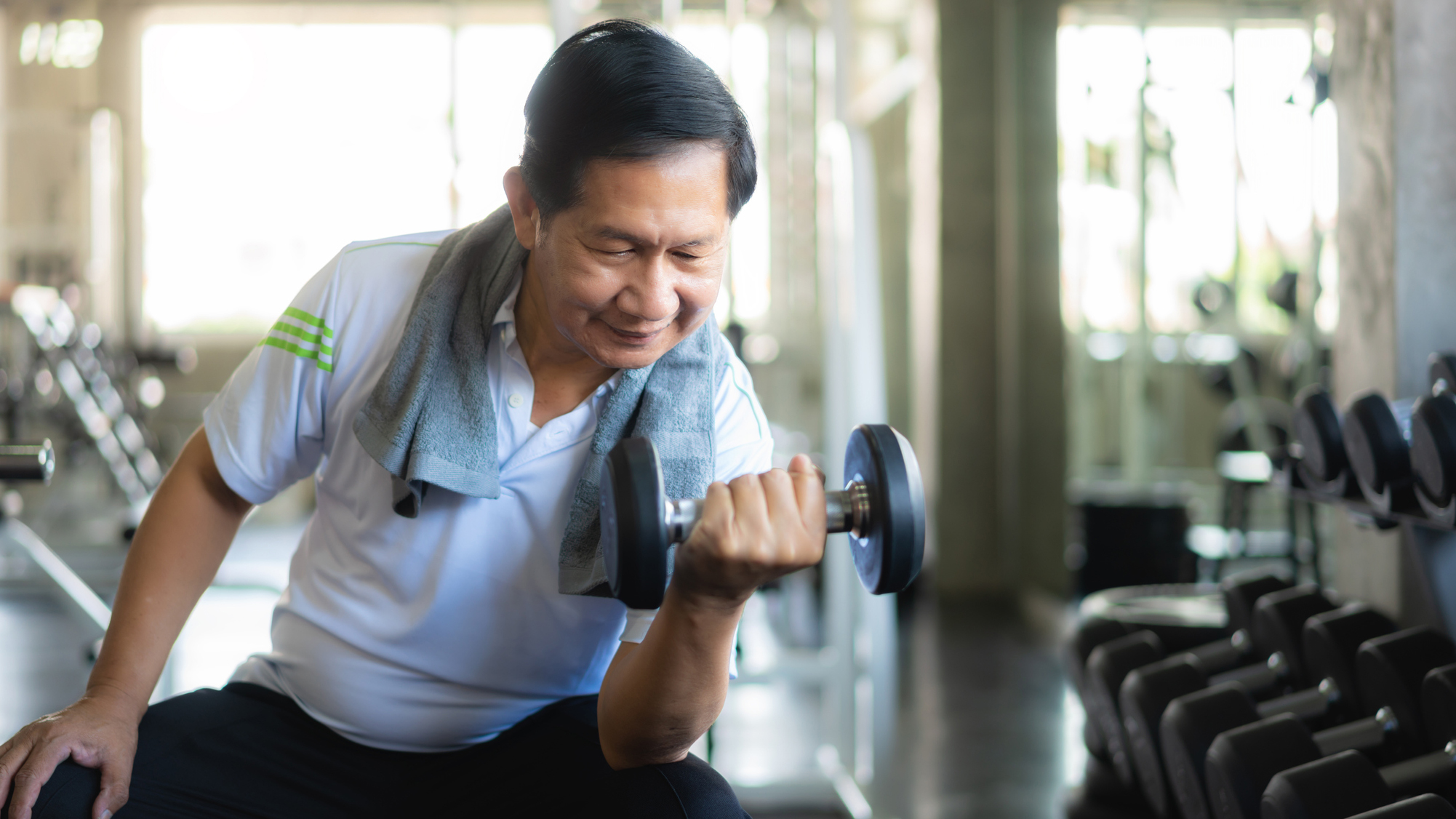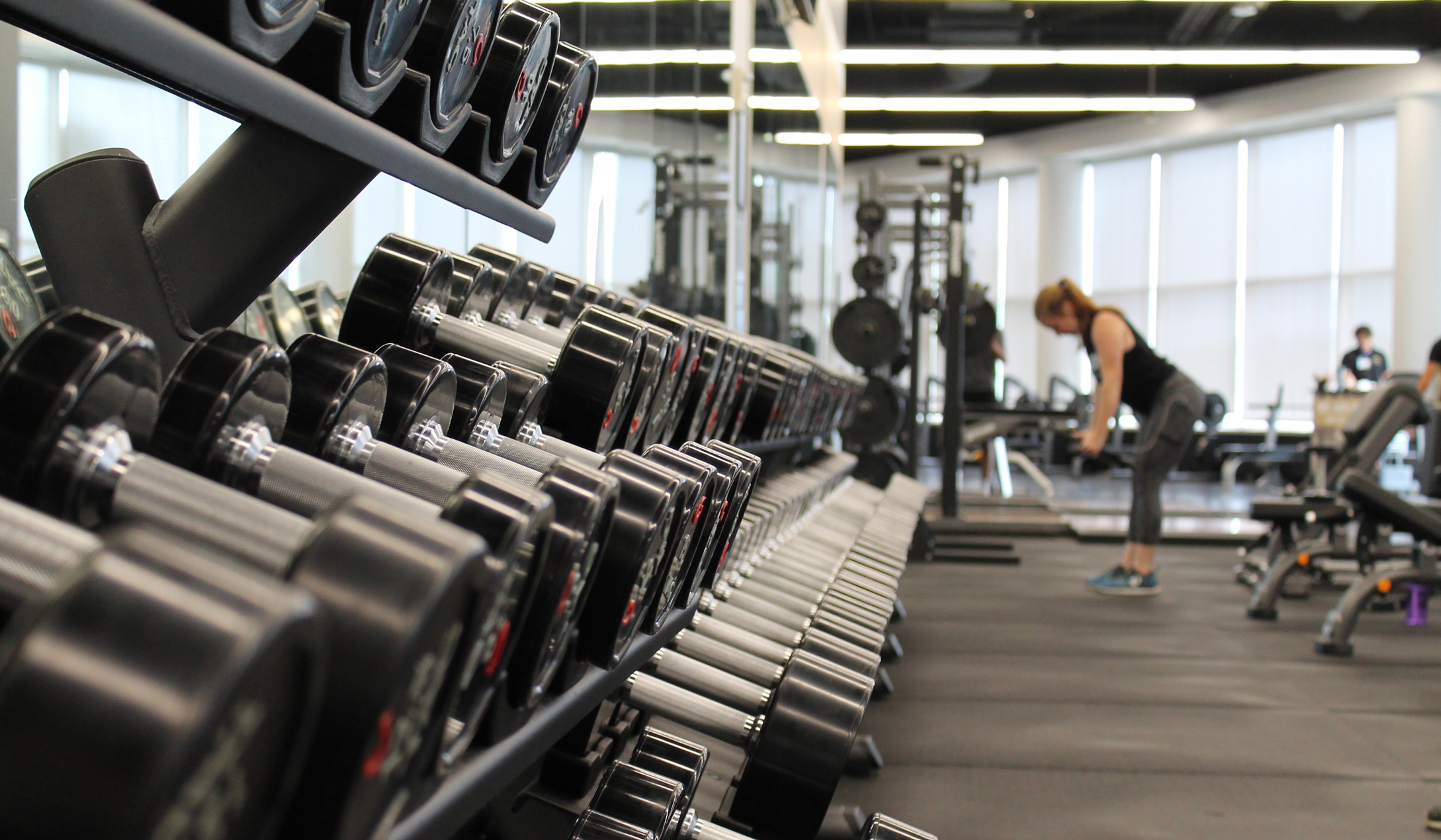How dumbbell exercises boost testosterone for men AND women
Why resistance training boosts testosterone in both men and women – and why that's a good thing


When you think of testosterone, you probably think of a stereotype of a muscular "alpha male" sort of man. But you might not know testosterone is naturally present in both men and women.
What's more, both sexes can boost it naturally, using exercise, to improve our muscle growth, bone health, heart function, libido and lots more: and all you need is a pair of the best adjustable dumbbells, best kettlebell or best resistance bands.
Testosterone: What does it do?
Testosterone is the "male hormone". It's present in both sexes, but much more prevalent in men. According to Harvard University, our testosterone levels are responsible for muscle growth, bone health, libido, fertility and the appearance of body hair during puberty.
Baylor College of Medicine found testosterone also plays an important role in heart health, as men with low testosterone levels have been found to be at risk of obesity, type 2 diabetes and metabolic syndrome (a slowing of the metabolism, which is a precursor to diabetes).
The hormone is present in women's bodies too, although not nearly as much as men's. Testosterone is one of several male sex hormones present in women, contributing to bone strength, muscle growth, ovarian function and libido.
Testosterone production slows down as we age, which is part of the reason our waistlines expand easier and our libidos slow down.

Testosterone and resistance training
We can naturally increase our testosterone with resistance training, using weights, bodyweight training and resistance bands. One study found 23-year-old subjects who tried resistance training temporarily increased testosterone production by a huge 44% after a short session of resistance training. This temporary boost has a positive effect on all the factors listed above: bone density, heart health, muscle growth and libido.
Start your week with achievable workout ideas, health tips and wellbeing advice in your inbox.
The same study measured resistance training's hormonal response in 63-year-old subjects, who also completed a short session of resistance training. The 63-year-olds still saw a testosterone increase, but it was much smaller: around 3%. As you age, it's worth exercising to slow down the decline of testosterone and keep yourself in good shape, but the results will, of course, be much less dramatic.
Resistance training and its testosterone-boosting response occurs in women as well as men, helping female lifters develop better bone health and muscle growth.

Don't worry: just because you're trying to increase your testosterone count with resistance training doesn't mean you'll turn into a muscle-bound bodybuilder. It takes a lot of heavy lifting, a very strict diet and (occasionally) chemical assistance in order to build muscle and lose fat to that extreme extent.
However, you can boost your testosterone to get healthier, stronger and feel better, regardless of your age or sex with some of the most common resistance-training moves. Check out our guides on how to do a push up, how to do squats and how to deadlift to get started.
Matt Evans is an experienced health and fitness journalist and is currently Fitness and Wellbeing Editor at TechRadar, covering all things exercise and nutrition on Fit&Well's tech-focused sister site. Matt originally discovered exercise through martial arts: he holds a black belt in Karate and remains a keen runner, gym-goer, and infrequent yogi. His top fitness tip? Stretch.
